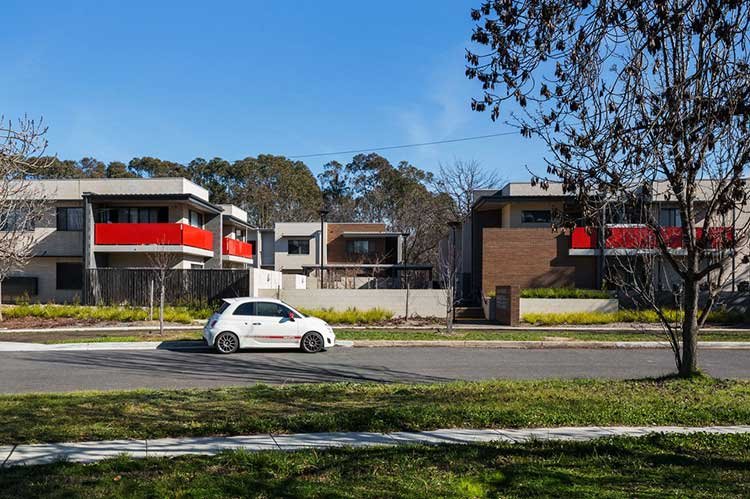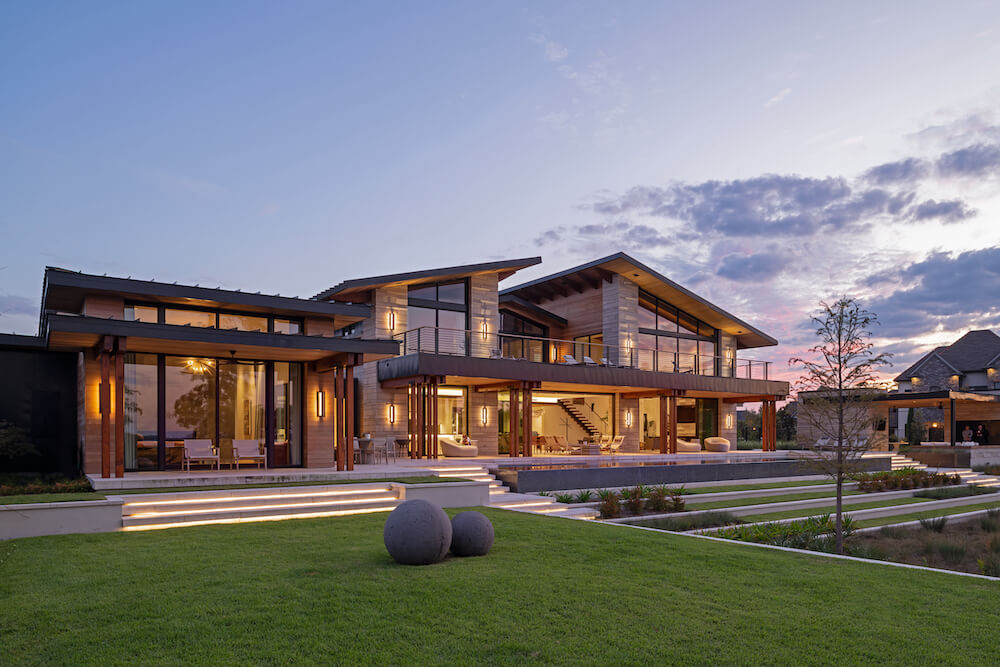Residential Interior Architect: Specialized Design Services for Beautiful Living Spaces
Residential Interior Architect: Specialized Design Services for Beautiful Living Spaces
Blog Article
Leading Patterns in Residential Style You Need To Know Concerning
As property architecture proceeds to progress, numerous compelling trends are forming the means we design and occupy our living rooms. Key developments such as sustainable building practices, the assimilation of wise home technology, and the rise of modular homes highlight a significant shift in the direction of both capability and environmental responsibility.
Sustainable Structure Practices
A raising variety of property jobs are accepting sustainable structure practices, driven by a growing understanding of environmental effect and power efficiency. This change is identified by the integration of environment-friendly materials, energy-efficient styles, and cutting-edge construction approaches. Home owners and builders are increasingly prioritizing making use of renewable energies, such as bamboo and recycled metals, which not only lower the carbon impact however additionally boost the sturdiness and visual charm of buildings.
Incorporating energy-efficient systems is an additional crucial facet of sustainable building - residential house architect. Features such as high-performance insulation, energy-efficient home windows, and solar panels are coming to be requirement in new residential styles. These aspects not only add to lower power consumption however also supply significant long-lasting financial savings for property owners
In addition, the design of sustainable homes typically stresses all-natural light and ventilation, reducing the reliance on man-made lights and climate control systems. Landscaping practices, such as xeriscaping, further promote sustainability by lessening water use.
As the demand for lasting living options proceeds to rise, the residential architecture industry is positioned to innovate and adjust, ensuring that future homes are not only ecologically accountable yet additionally comfy and functional for their occupants. - residential house architect
Smart Home Technology
Smart home technology is changing the way house owners engage with their space, enhancing safety, power, and benefit administration. This ingenious strategy incorporates various tools and systems, enabling individuals to control their homes remotely or through automated processes. Central to this trend is making use of smart devices such as thermostats, lights, safety electronic cameras, and home appliances, all linked through the Net of Points (IoT)
One of the most enticing attributes of clever home technology is the ability to personalize settings for optimal power performance. Home owners can check power usage and change home heating, lights, and air conditioning based upon their regimens, significantly minimizing energy expenses. Innovative security systems geared up with clever locks and monitoring electronic cameras supply tranquility of mind, allowing remote tracking and alerts to potential safety violations.
Assimilation with voice-activated aides boosts customer experience, permitting home owners to control tools with straightforward voice commands. As modern technology remains to develop, the possibility for wise home systems to enhance high quality of life expands, making them a crucial consideration in contemporary property architecture. Inevitably, clever home modern technology is not just a fad yet an essential change towards much more smart living atmospheres.
Open Concept Living
Open up idea living has arised as a specifying function in modern property style, characterized by the elimination of standard obstacles in between spaces. This style philosophy advertises fluidity and connection within the home, enabling a seamless transition in between locations such as the cooking area, eating, and living areas. By removing dividings and wall surfaces, open principle layouts create a sense of space, promoting a welcoming ambience that enhances social communication.

Additionally, this strategy to property style straightens with minimalism, focusing on useful simplicity and aesthetic coherence. Home owners appreciate the versatility of these layouts, which can be easily adapted to show individual design via furniture plan and decoration. As open idea living remains to obtain grip, it continues to be a testament to advancing household characteristics and the wish for homes that boost connection and convenience.
Biophilic Layout
Biophilic layout has ended up being increasingly significant in domestic architecture, emphasizing the intrinsic link between humans and nature. This layout ideology seeks to integrate natural elements into living areas, try this site thus promoting a sense of wellness and boosting the lifestyle for occupants. By including features such as natural light, greenery, and organic materials, biophilic style promotes an unified connection in between indoor settings and the environment.
Key elements of biophilic design consist of large home windows that supply unhampered views of outside landscapes, living wall surfaces that present greenery into insides, and open layout that urge air flow and all-natural light infiltration. Water features, both inside and outside the home, serve to create relaxing ambiences and improve sensory experiences.
Moreover, making use of sustainable products not only sustains environmental stewardship yet additionally adds to healthier indoor air quality. As recognition of environmental problems increases, house owners are significantly prioritizing styles that show their link to nature. Essentially, biophilic layout not just raises visual appeal however likewise addresses emotional and mental needs, making it a crucial pattern in contemporary domestic architecture.
Modular and Prefab Houses

Moreover, prefab and modular homes are designed with sustainability in mind. Numerous manufacturers utilize energy-efficient systems and green products, such as photovoltaic panels and progressed insulation techniques, contributing to decreased power intake and lower energy expenses for house owners. The adaptability of design options enables customization, satisfying varied functional needs and aesthetic preferences.
As the need for inexpensive real estate remains to increase, modular and prefab homes provide a sensible service, dealing with both financial and ecological challenges. Communities are progressively recognizing the possibility of these structures, incorporating them into country and city settings. Overall, the trend towards prefab and modular homes indicates a shift towards more sustainable, effective, and adaptable living environments, making them a critical facet of contemporary household style.
Verdict
Lasting building practices and clever home technologies improve effectiveness and benefit, while open concept living and biophilic layout foster social interaction and a link to nature. The increase of modular and prefab homes supplies Web Site personalized and economical remedies, showing a broader change towards functional and accountable living.
Key growths such as sustainable building practices, the integration of clever home modern technology, and the rise of modular homes underscore a substantial shift towards both functionality and ecological obligation.The surge of prefab and modular homes has actually transformed the property architecture landscape, supplying innovative options for effective and lasting living.Moreover, modular and prefab homes are made with sustainability in mind. In general, the fad towards modular and prefab homes symbolizes a shift toward extra sustainable, reliable, and versatile living settings, making them an essential element of contemporary household style.
Sustainable building practices website here and smart home technologies enhance effectiveness and ease, while open concept living and biophilic layout foster social interaction and a link to nature.
Report this page